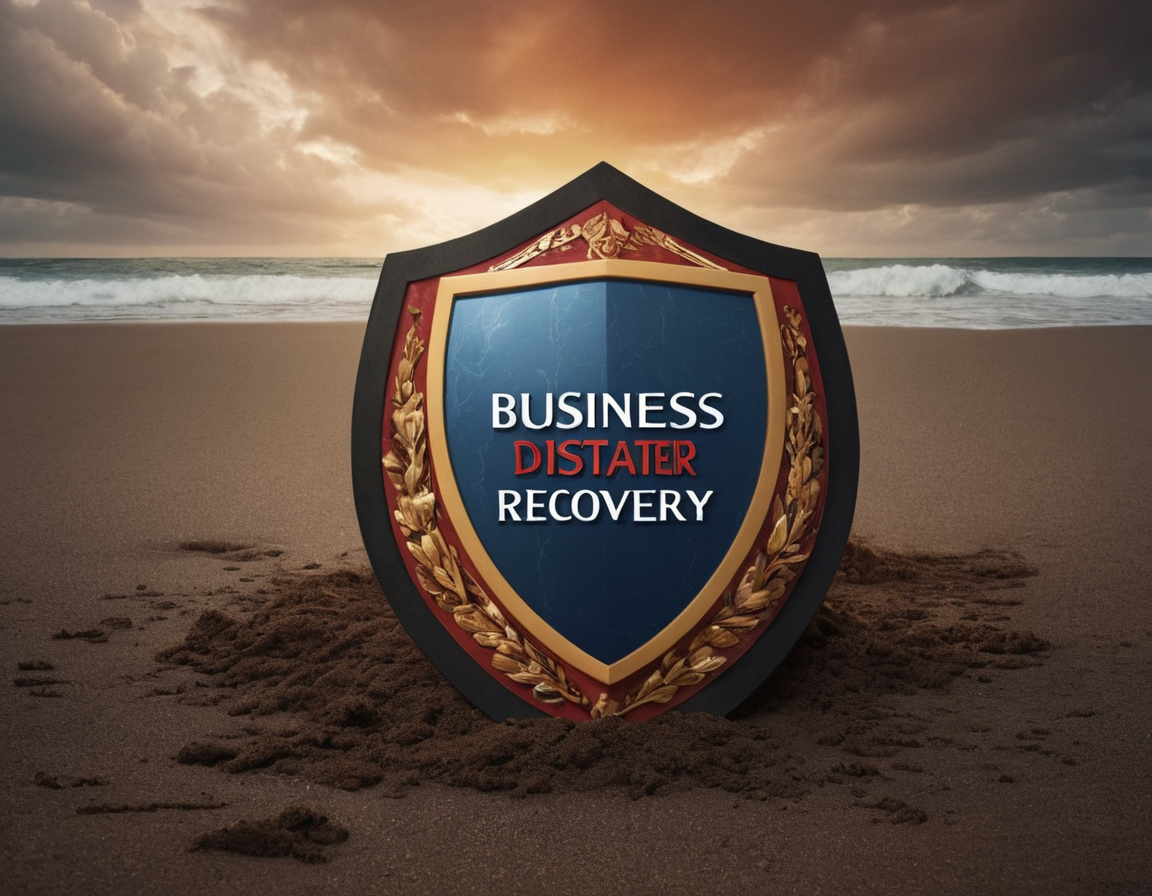Embracing Resilience: The Future of Business Continuity and Disaster Recovery (BCDR)
Understanding BCDR in a Rapidly Changing World
As digital transformation accelerates, businesses are increasingly vulnerable to a wide range of disruptions—from natural catastrophes to cyber-attacks. In this context, Business Continuity and Disaster Recovery (BCDR) strategies have become critical to ensure that organizations can continue operating despite unexpected challenges. In this article, we delve into the evolving landscape of BCDR and discuss the measures businesses must take to stay resilient.
What is BCDR?
Business Continuity and Disaster Recovery encompasses the processes and procedures an organization employs to ensure that essential functions can continue during and after a disaster. Business Continuity (BC) focuses on maintaining business functions or quickly resuming them, while Disaster Recovery (DR) emphasizes restoring data access and IT infrastructure after a disaster.

The Importance of BCDR Planning
The recent spate of global disruptions has underscored the importance of having a robust BCDR plan. Pandemics, cyber-attacks, and climate-related disasters can all severely impact operations. By prioritizing BCDR, businesses can minimize downtime, maintain client trust, and protect their bottom line.
Emerging Trends in BCDR
- Increased reliance on cloud computing for data backup and recovery
- Automation of disaster recovery processes
- Enhanced cybersecurity measures as part of disaster preparedness
- Implementing AI and machine learning for predictive analytics and incident response
- Adoption of hybrid strategies for resilience across physical and virtual environments

Creating a Successful BCDR Strategy
To devise an effective BCDR plan, organizations need to conduct a risk assessment, determine recovery objectives, and engage in continuous improvement. It’s essential to test and update BCDR plans regularly to ensure they remain effective and responsive to new threats.
‘Resilience is not a one-time project, it’s a continuous pursuit.’
Let’s examine the key components of a successful BCDR strategy:
- Comprehensive risk assessment and impact analysis
- Up-to-date and tested BCDR plan
- Investment in resilience: training, technology, and infrastructure
- An inclusive approach, considering both internal and external stakeholders
- Regularly updated cybersecurity protocols to guard against the evolving threat landscape
How Can Businesses Stay Ahead?
In the face of changing technologies and unforeseen events, businesses must be agile and proactive. Embracing cloud services, prioritizing cybersecurity, and adopting a culture of resilience will position organizations to weather any storm.
The future of BCDR is proactive, adaptable, and integrated—characterized by a holistic approach that covers every facet of the organization’s operations.
Call to Action
Is your organization prepared for the unexpected? Discover more about crafting a resilient BCDR plan that can stand the test of time and disaster. Contact us for a thorough risk assessment and begin your journey to robust business continuity.







